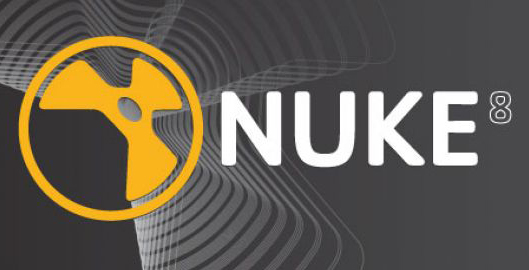News
Nuke 8 to arrive later this year
The Foundry has announced that the next version of its flagship product, Nuke 8, will be released later this year.
One of its main new features has been created so that users accustomed to other timeline-based compositing systems (such as After Effects), can switch to Nuke without complications and continue working as they have done so far. To this end, Dope Sheet has been improved, with an interactive view that allows you to view and manipulate keyframes (a feature first introduced in v6.2), as well as to see the results and each property of a node displayed in a timeline-style context.
The new Text node allows composing, editing and animating text from the Viewer panel, making this process much easier and with tools to affect individual letters or a complete set.
Important color functions have been included. These include the wheel for modifying hue, saturation and value properties, with an automatic precision mode or the absolute mode that allows for finer adjustment. In addition, tools for image analysis such as a waveform, vectorscope, histogram and “Pixel Analyser” have been added.
The Match Grade node analyzes a sequence to generate a stable LUT (which can be exported) that matches one shot to another. Its operation differs from the old Furnace MatchGrade, which only generated the correction from one frame.
Camera Tracker will now be able to use reference still images to resolve tracking and cameras.
The Model Builder function has gained UV creation for greater 3D control.
Among the new 3D tools are Viewer Capture, to move images from the 2D viewer to 3D. Also Edit Geo, a node to move vertices and faces of geometry from the node graph; Particle Cache, which speeds up render times; or Wireframe Shader, which increases control over projection mapping.
Support for reading and writing OpenEXR 2.0 and Alembic 1.5 images has been introduced. In addition, developers will be able to write their own processing operations within Nuke using the new GPU-aware Blink Script node. Finally, they will be able to rely on the new import function to use the system as a module in any Phyton interpreter and C++ plugin developers will be able to send data through the Planar Rendering Framework.
The Foundry has also said that version 1.8 of Hiero, its management, conform and review system that is getting better and better integrated with Nuke, will be released soon.







